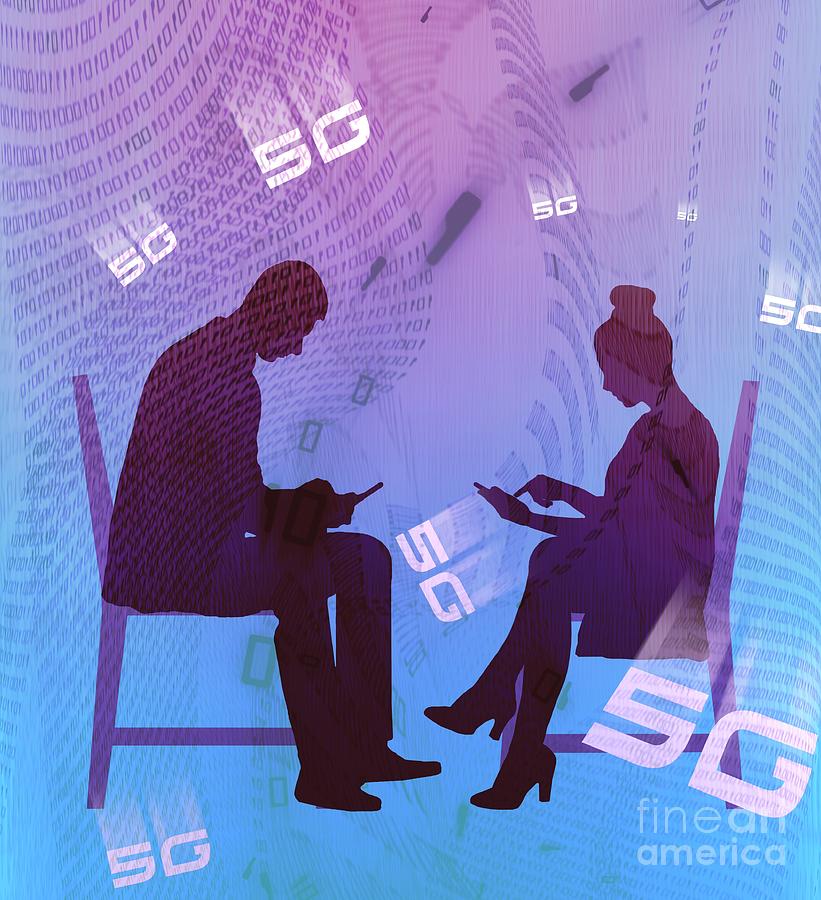There are a variety of health risks that are associated with the 5G technology. While some of these are immediate, such as hypersensitivity and electronic sensitivity, others are long-term, like cancer and skin damage. Below is a list of some of the health issues linked to 5G. Keep in mind that your health is the most important aspect to consider.
why do people think 5g is dangerous to radiofrequency radiation
Exposure to radiofrequency radiation (RF) is a significant concern due to the possibility to affect the health of humans. However, there are some significant limitations to studies of epidemiology. One of the most significant issues is that RF exposures may be difficult to quantify. Therefore, the majority of studies use job-exposure matrices or self-reporting techniques, which could be inaccurate and lead to misclassification. Another issue is the lack of a standardized exposure assessment, and an inability to control for the possibility of confounding factors.
One method to reduce the risk is to limit the amount of radiation exposure. In the International Commission on Non-Ionizing Radiation Protection (ICNIRP) has issued guidelines that establish exposure limits for RF fields that exceed six gigahertz. The guidelines aim to ensure that RF radiation is not harmful to human health.
Eyes are radiated
The rapid expansion of speedy 5G networks is expected to create a variety of health issues. These networks will come with speedy internet connections and will can be utilized for mobile phone, network operators, and service providers. Scientists of Swinburne University in Australia have studied the effects of 5G radiofrequency radiations on human tissue Their findings have formed the basis for discussion about the potential dangers. The team, headed by Professor Andrew Wood, is part of the multi-institutional Australian Centre for Electromagnetic Bioeffects Research. It also contributes to the research on behalf of the International Commission on Non-Ionizing Radiation Protection (ICNIRP).
However, the effects of 5G on human health are not yet clear. It is necessary to conduct more research to determine the exact health risks associated with this new technology. There aren't enough studies that link 5G to COVID-19 which is the virus responsible for SARS. It also does not appear to trigger the development of a new coronavirus nor make people more prone to viral infections.
Irradiation of sweat ducts
The irradiation of sweat ducts by 5G is caused by the radiofrequency wave transmission and has been linked with health risks. 5G is based upon the sub-THz frequency band that is shorter than the wavelengths of 2G, 3G, as well as the 4G and 2G wireless network. The frequency band is believed to have certain absorption rates. The high-frequency waves are concentrated in the sweat duct which results in higher SAR than is expected. The effect on human health is difficult to assess since the test methods used in industry standard methods aren't sophisticated enough to evaluate the effects on sweat glands. Therefore, the biological effects of this frequency band have to be taken into consideration in 5G's development.
Although 5G wireless communication systems are still a source of heated debate Recent studies have revealed that RF-EMF exposures may be damaging. This kind of exposure has been linked to cancer and infertility. Studies have also be indicated that exposure to 5G could be associated with health risks.
Cancer in animals

As we begin to implement high-speed 5G networks, it is important to be aware of the potential dangers to health that it could pose. There are a variety of health risks associated with the implementation of the technology and it has prompted a significant debate in many nations. Professor Andrew Wood's team from Swinburne University has been studying the effects of electromagnetic energy from 5G on human tissues, and their findings have provided the foundation for discussions on safety regulations. The team is also a part of the multi-institutional Australian Centre for Electromagnetic Bioeffects Research, which is actively contributing to the International Commission on Non-Ionizing Radiation Protection's (ICNIRP) efforts.
This research has drawn mixed conclusions. While some researchers have cited studies that have shown that mobile phone radio-frequency radiation causes human cancer, other studies have suggested a link between these devices and hearing problems in humans. Researchers have also identified that there is a connection to gliomas and 5G in animals. The tumors could be found in the brain, heart or ear and affect the function of the nervous system as well as the heart. They can also affect your balance as well as hearing. They are also a risk, and removing them can be dangerous.
Pandemic conspiracy
A Belgian doctor has identified the spread of coronavirus with 5G towers. The conspiracy-minded took advantage doctor's comments to promote the anti-5G campaign. Even though the Belgian newspaper had removed the article on its site, the article was soon posted on social media sites which included YouTube and Facebook by famous people with a large following.
There is however no evidence to support this idea. There are other issues but. Certain people have been calling for the destruction of mobile towers, and have threatened their lives. In the UK threats to telecom engineers have increased. Certain of these threats have resulted in vandalism of mobile towers and other infrastructure. Since Proteck'd Clothing of April, the UK was hit by thirty instances of vandalism targeted at wireless devices. A fire attack within the Netherlands was also reportedly connected to the words "Fuck 5G."
While many experts in public health have debunked the 5G pandemic idea, it has now become the norm of opinion. The technology has also had real-world effects in the form of attacks on 5G towers have been reported across Europe and Latin America. Although it is true that the CDC has declared 5G to be safe for use, there are still concerns regarding the potential health risks of the technology.
